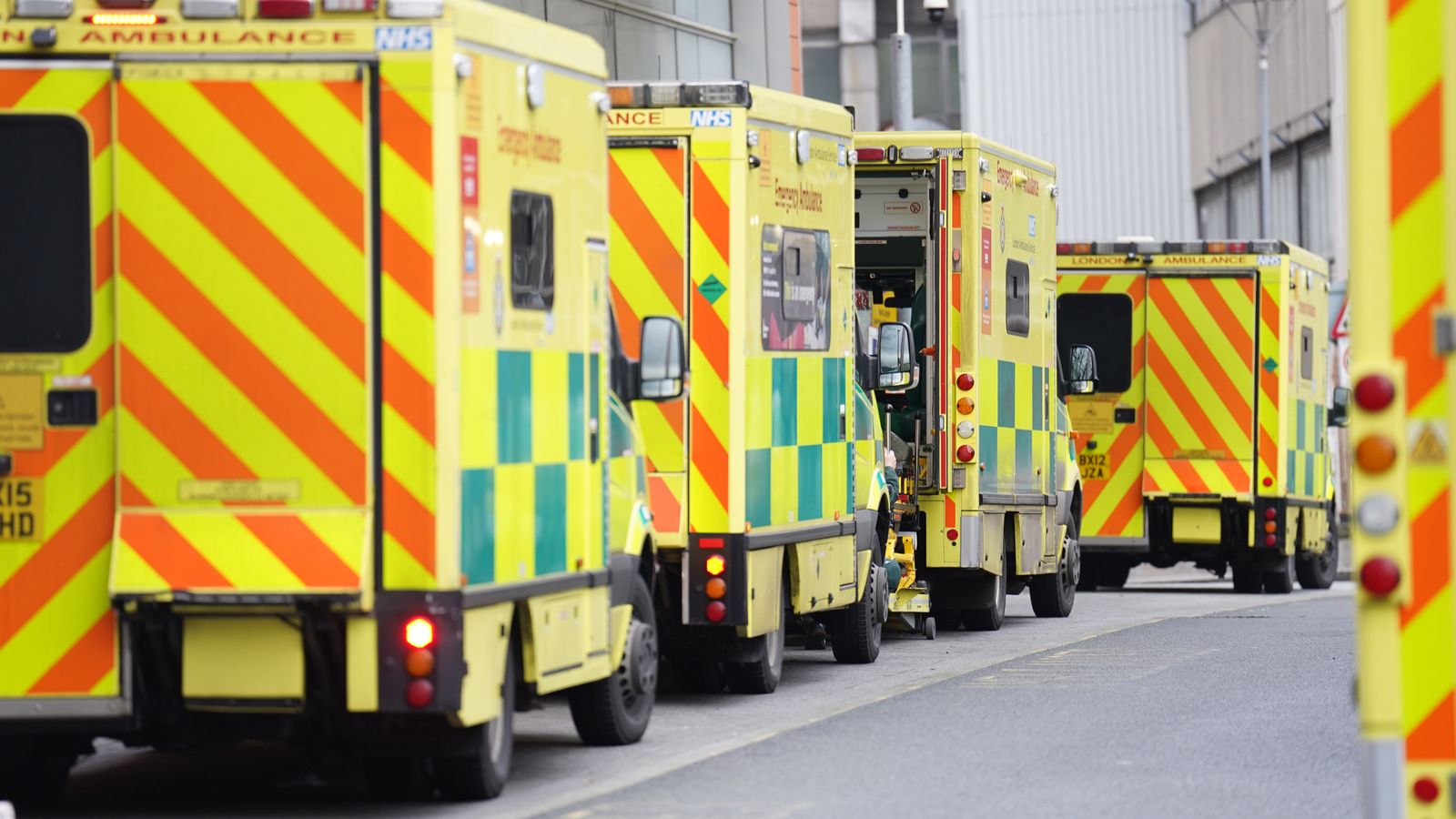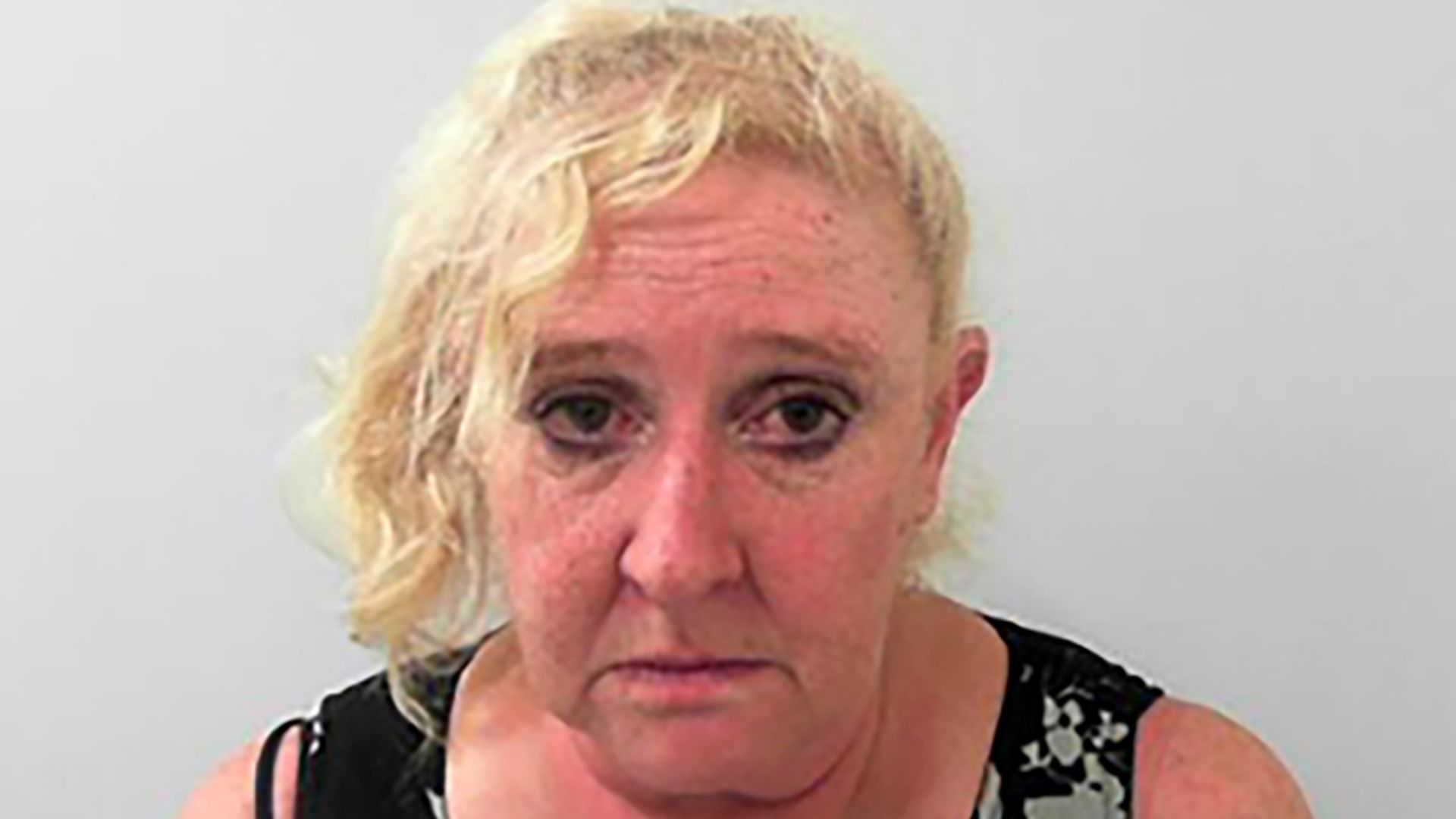Patients who call for an ambulance may be told to visit a GP, pharmacy or urgent treatment clinic if their condition is not life-threatening.
NHS England wants category two calls – considered to be serious conditions that do not pose an immediate risk to life such as heart attacks, strokes, burns and severe headaches – reviewed and referred instead to an urgent treatment clinic, GP or pharmacist instead.
About 40% of category two cases will now receive a callback from a doctor, nurse or paramedic to avoid sending an ambulance.
Read more:
What’s the worst region in England for handover times?
NHS is in crisis: Can it survive?
Trials of the system in London and the West Midlands found that nearly half of patients who received callbacks were advised to seek alternative treatment to an ambulance.
NHS England has now asked the country’s eight other ambulance services to adopt the same system.
It expects services to move to the new system in a matter of weeks, and will keep the initiative under review during its first months.
Be the first to get Breaking News
Install the Sky News app for free
Professor Julian Redhead, NHS England’s national clinical director for urgent and emergency care, said: “This new system will allow a conversation between a nurse and paramedic or a doctor and the patient – and between them, they’ll be able to decide whether an ambulance is the best response or whether no ambulance is required and they’re better cared for in a different environment.
“It’s really important that people know it doesn’t mean anyone loses their place in the queue while they are assessed.
“What it does is provide more individualised care for a patient but also allows us to free up the resource for our most vulnerable patients, patients who will have had strokes and heart attacks.”
Please use Chrome browser for a more accessible video player
The system comes at a time when ambulance services are struggling across England. Response times are the longest on record, with delays in transferring patients to A&E playing a major role.
Sir Julian Hartley, chief executive at NHS Providers, welcomed the move but said it wasn’t “enough to ensure sustained improvement”.
He added: “Pressures in the ambulance service are linked to pressures across the whole system.
Read more:
Fresh strikes by paramedics over pay and conditions
A&E, intensive care and cancer nurses could join picket line
“We need to focus on reducing high bed occupancy, increasing bed capacity, and reducing delayed discharges through increased investment in social care and community services, too.
“Major workforce shortages also need to be addressed to ensure measures like this can be put in place. We eagerly await the government’s long-term, fully funded workforce plan.”
Ambulance workers are also continuing industrial action in the long-running row over pay and staffing with no signs of a breakthrough.
Around 15,000 Unison members in five areas walked out last Friday, with Unite saying another 1,000 workers employed by the South Central, South East Coast and Yorkshire ambulance services voted to join the NHS strikes.







